cylinder block
Cylinder Block:
Cylinder block also known as engine block produced for automobile, truck and tractor motors is used as a bearing for pistons and crankshafts. Cooler water comes from the radiator which flows through the canals in the engine come to the engine block. Cylinder cover is placed on top of it and crankcase is located below it. Leak proofing tests of water and oil canals in the engine block is made in the production line of HEMA. Also we are able to the Plato honing method. We have the ability of machining cast iron engine block for 3,4 and 6-cylinder engines and can produce 50.000 engine block per year.
Cylinder blocks made of aluminum are lighter than cast-iron blocks of the same size. They usually have cast-iron liners which provide a hard-wearing surface for pistons and piston rings.
more manufacturers try to make vehicles lighter and more fuel efficient, more and more engine blocks are being cast from aluminium.
A block made of aluminium alloy is lighter than if it were made of cast iron. So if two engines are generating the same power, the alloy version would have a better weight-to-power ratio than the cast iron version.
Aluminium alloy blocks are made by various casting processes, including pressure casting.
Another method is gravity casting, where the molten metal is poured into molds.
Cast iron liners are usually used in the cylinders of aluminium blocks, and sometimes in cast-iron blocks. Some sleeves are cast into the block. Grooves on the outside form a key that stops any movement in the cylinder. They also increase surface area to assist heat transfer from the sleeve to the block.
Some blocks don’t need liners. They can be made of wear resistant material that makes a hard-wearing surface for the pistons and piston rings. Or the cylinder bore may have some sort of surface treatment to make it hard-wearing.
When the cylinders, block and crankcase are all cast together, it is called a monoblock construction.
A horizontally-opposed block has a split crankcase. The two engine blocks are joined together by the flanges of the crankcase.
In air-cooled engines, the cylinders are usually made as separate parts, then bolted to the same crankcase. Each cylinder has cooling fins. They’re often machined to give uniform thickness and allow free flow of air.
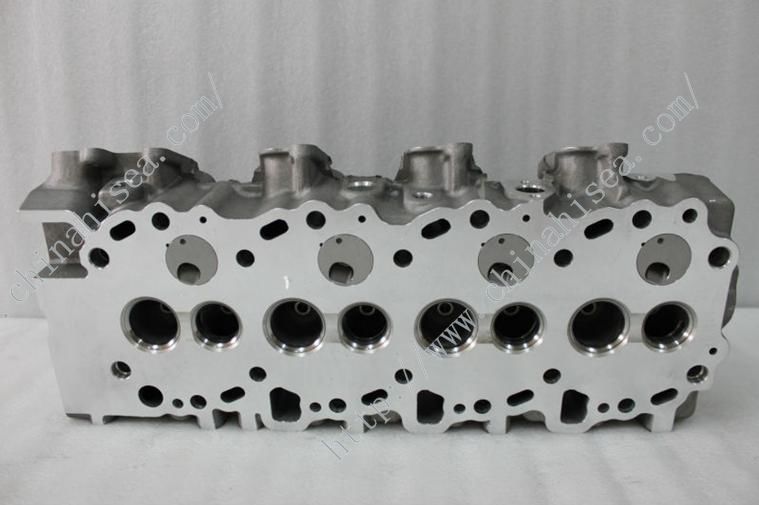
Society certificates


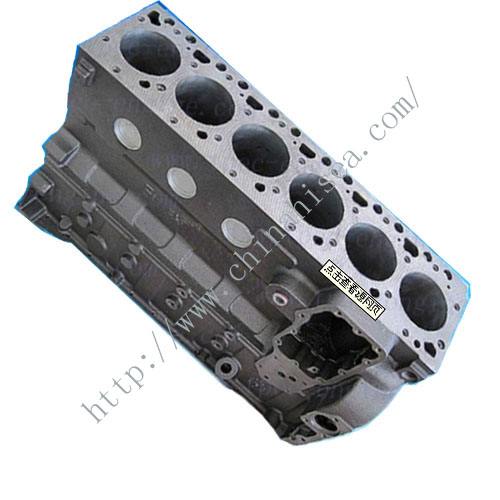
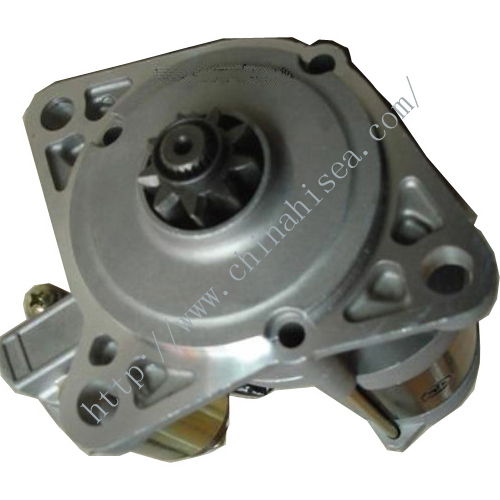
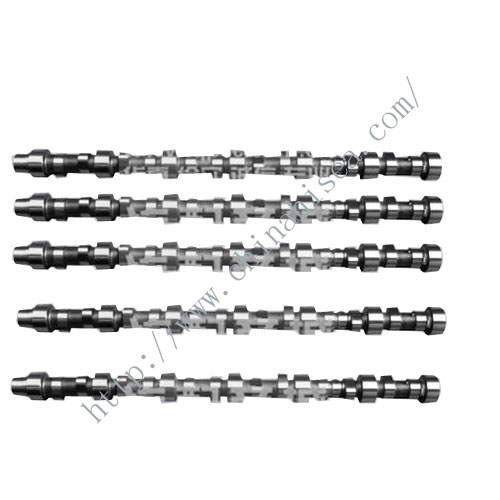
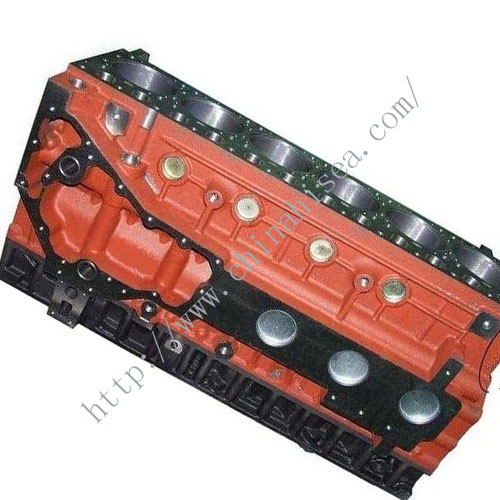
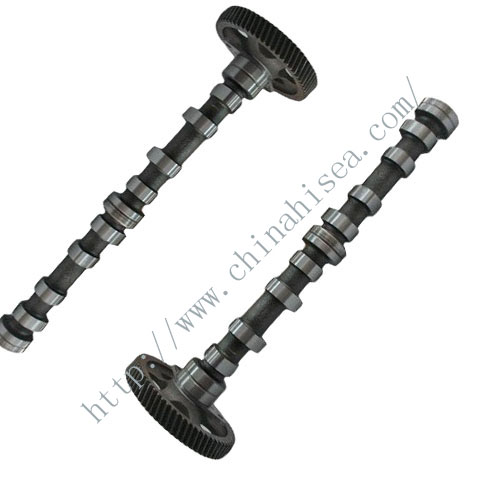
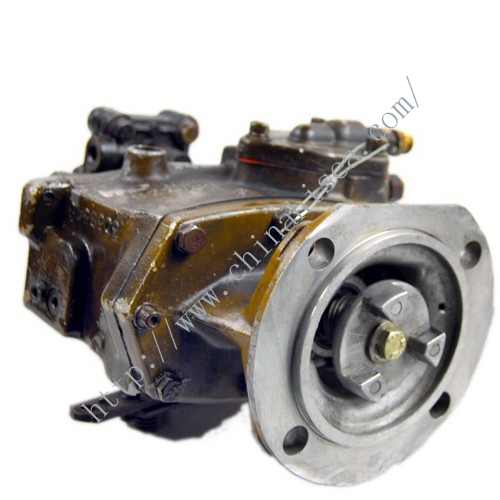
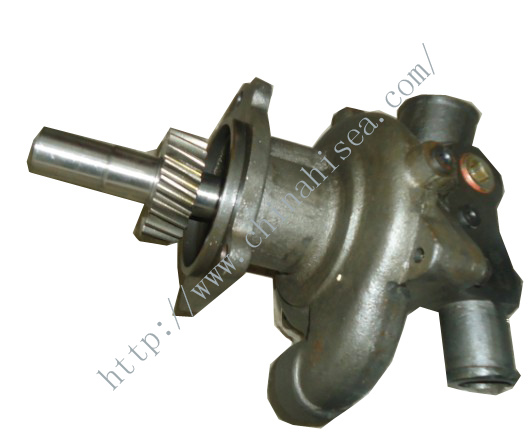
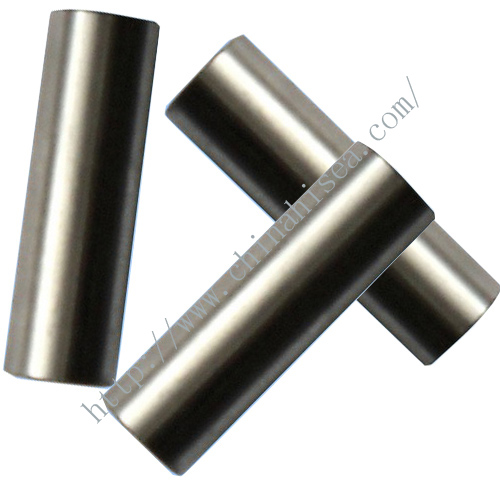
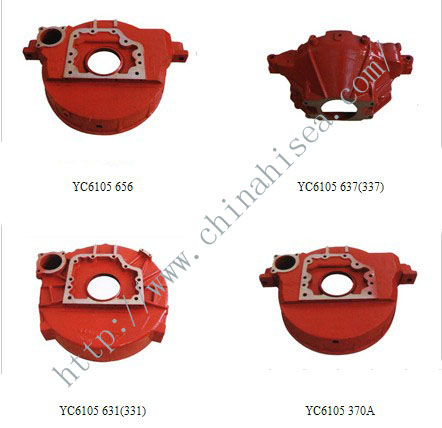
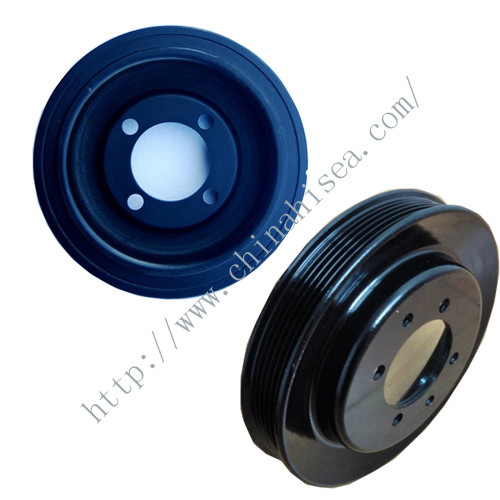
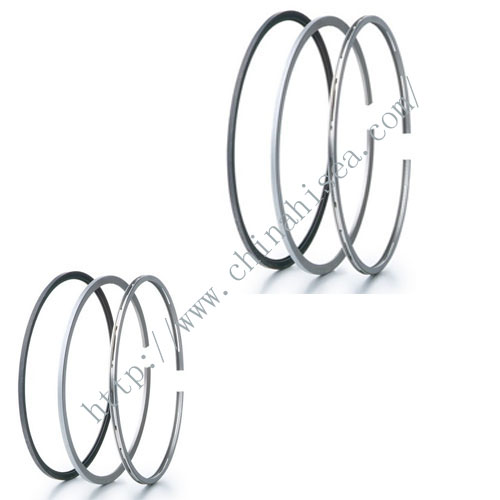
CONTACT WITH US NOW